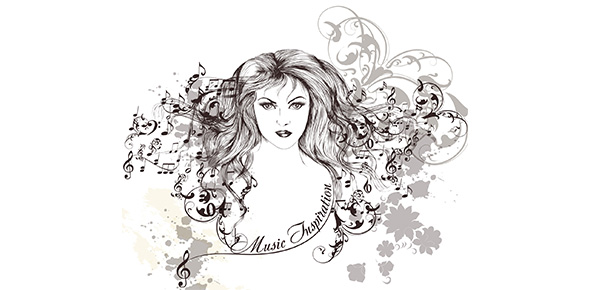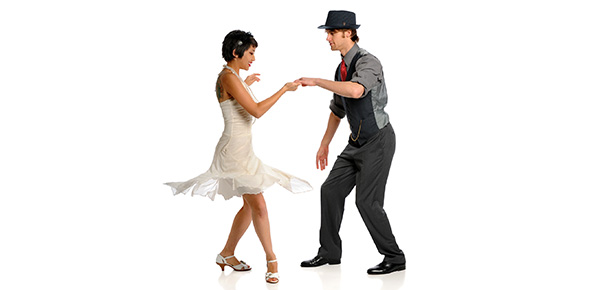Related Flashcards
Related Topics
Cards In This Set
| Front | Back |
|
Baroque (1600–1750)
|
Characteristics:
Splendor and flourish for God; art as a weapon in the religious wars Artists: Reubens, Rembrandt, Caravaggio, Palace of Versailles Historically: Thirty Years' War between Catholics and Protestants (1618–1648) |
|
Neoclassical (1750–1850)
|
Characteristics:
Art that recaptures Greco-Roman grace and grandeur Artists: David, Ingres, Greuze, Canova Historically: Enlightenment (18th century); Industrial Revolution (1760–1850) |
|
Reubens,
|
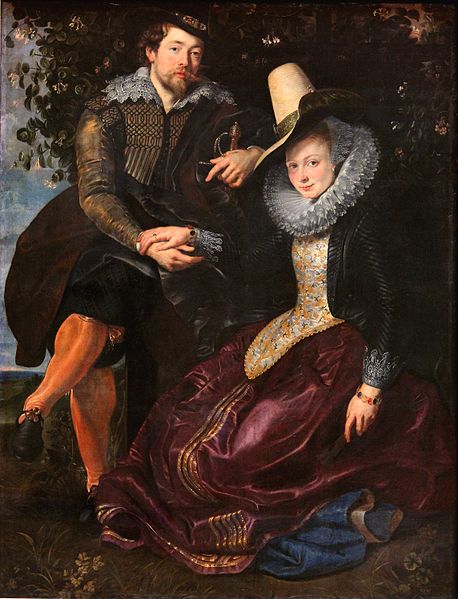 A Flemish Baroque painter, and a proponent of an extravagant Baroque style that emphasised movement, colour, and sensuality. He is well-known for his Counter-Reformation altarpieces, portraits, landscapes, and history paintings of mythological and allegorical subjects. |
|
Rembrandt,
|
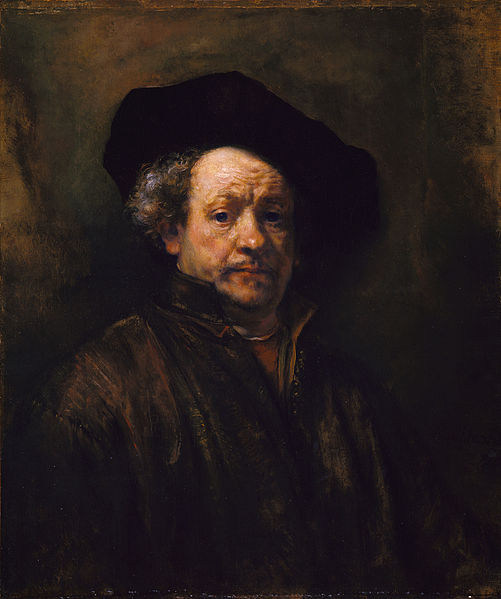 Dutch painter and etcher. He is generally considered one of the greatest painters and printmakers in European art history and the most important in Dutch history. Having achieved youthful success as a portrait painter, his later years were marked by personal tragedy and financial hardships. Yet his etchings and paintings were popular throughout his lifetime, his reputation as an artist remained high |
|
Caravaggio,
|
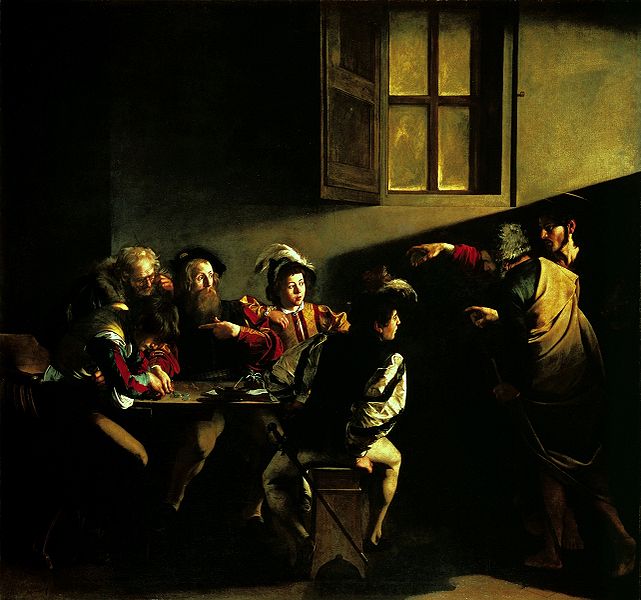 An Italian artist active in Rome, Naples, Malta, and Sicily between 1593 and 1610. His paintings, which combine a realistic observation of the human state, both physical and emotional, with a dramatic use of lighting, had a formative influence on the Baroque school of painting. |
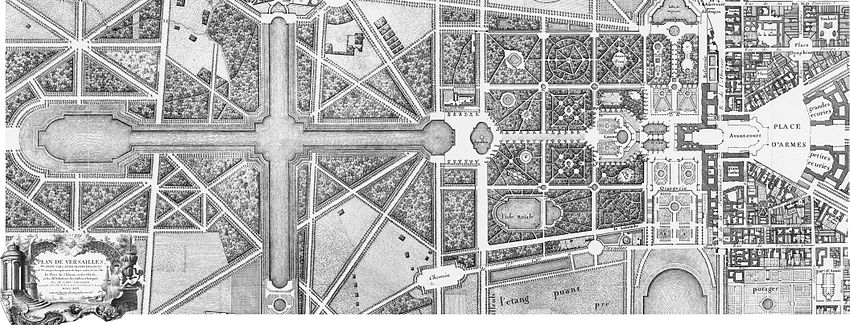 Palace of Versailles |
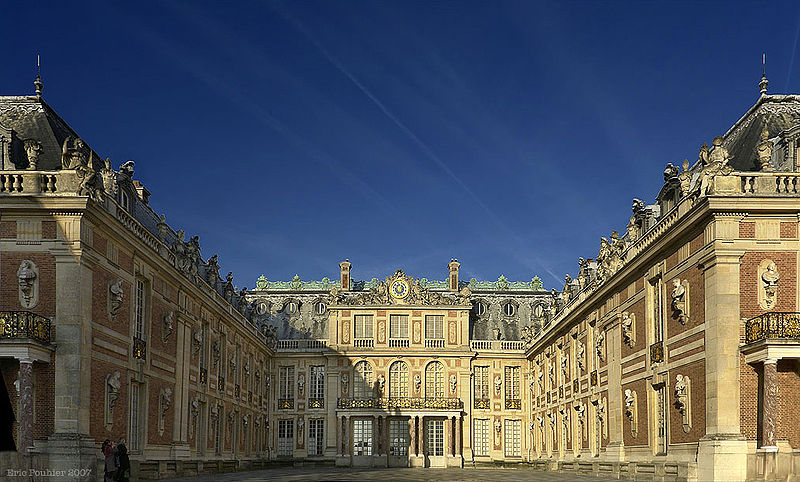 Versailles is therefore famous not only as a building, but as a symbol of the system of absolute monarchy of the Ancien Régime. |
|
David,
|
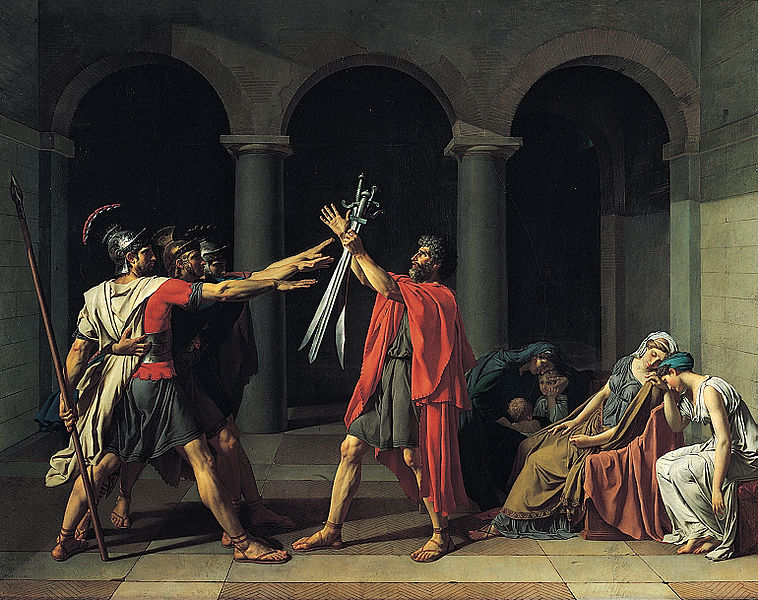 His cerebral brand of history painting marked a change in taste away from Rococo frivolity toward a classical austerity and severity, heightened feeling[1] chiming with the moral climate of the final years of the Ancien Régime. |
|
Ingres,
|
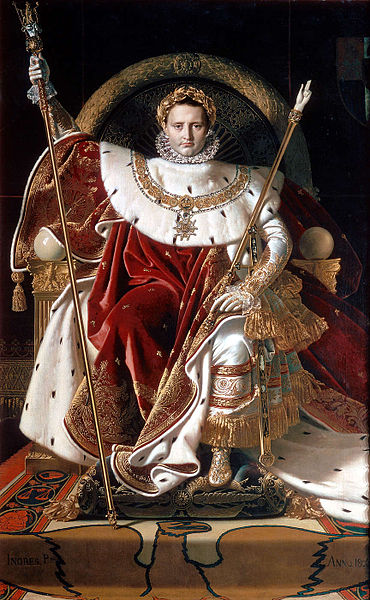 Although he considered himself to be a painter of history in the tradition of Nicolas Poussin and Jacques-Louis David, by the end of his life it was Ingres's portraits, both painted and drawn, that were recognized as his greatest legacy. |
|
Greuze,
|
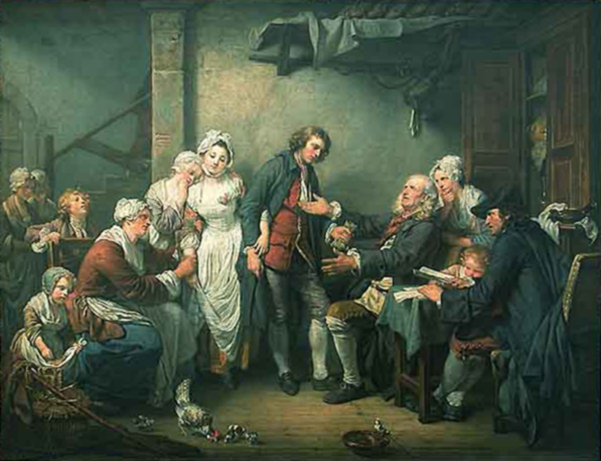 Greuze wished to be received as a historical painter, and produced a work which he intended to vindicate his right to despise his qualifications as a peintre de genre. |
|
Canova
|
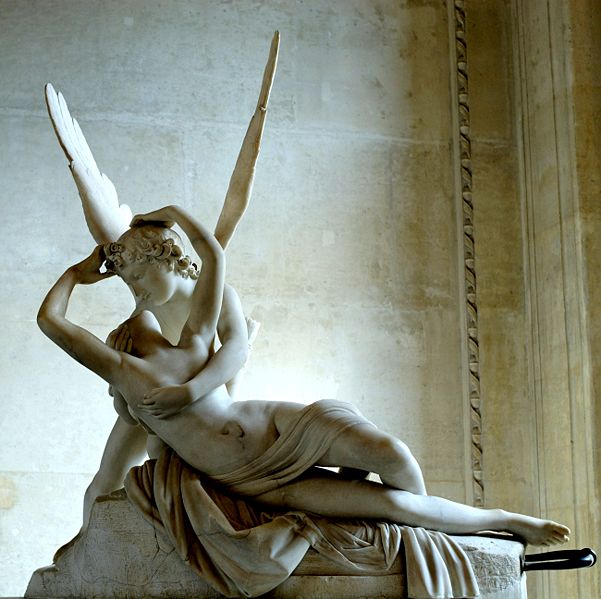 An Italian sculptor from the Republic of Venice who became famous for his marble sculptures that delicately rendered nude flesh. The epitome of the neoclassical style, his work marked a return to classical refinement after the theatrical excesses of Baroque sculpture. |



